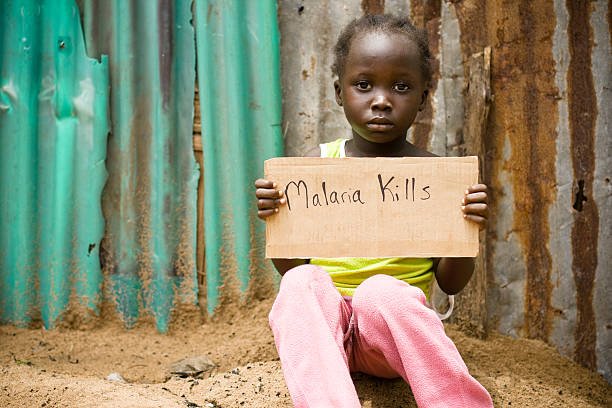Malaria is a significant health problem in Kenya, affecting millions of people every year. While the disease has always been present in the country, climate change is now exacerbating the problem by increasing the spread of malaria-carrying mosquitoes.
Malaria is a vector-borne disease, meaning that it is transmitted to humans through the bite of infected mosquitoes. Mosquitoes thrive in warm, humid conditions, and are particularly common in areas with high rainfall and standing water. As climate change causes temperatures to rise and weather patterns to become more erratic, these conditions are becoming more common in Kenya and other parts of the world.
How Climate Change in Kenya is Increasing the Spread of Malaria
One of the ways in which climate change is increasing the spread of malaria in Kenya is by extending the length of the transmission season. As temperatures rise, mosquitoes are able to survive for longer periods of time, and their breeding and feeding patterns are disrupted. This means that the transmission season for malaria is becoming longer, with mosquitoes able to transmit the disease over a wider geographic area for a greater portion of the year.
One of the ways in which climate change is increasing the spread of malaria in Kenya is by extending the length of the transmission season.
Another way in which climate change is exacerbating the problem of malaria in Kenya is by increasing the number of breeding sites for mosquitoes. Heavy rainfall and flooding, which are becoming more common in many parts of the country, can create standing water that mosquitoes use as breeding grounds. This can lead to a surge in mosquito populations and an increase in the spread of malaria.
Video: Global warming could unleash malaria in the protected highlands of East Africa
Climate change is also affecting the distribution of malaria in Kenya. As temperatures rise, higher-altitude areas that were previously too cool for malaria transmission are becoming more hospitable to mosquitoes. This means that the disease is spreading to new areas, which may be less prepared to deal with the public health impact of malaria.
Climate change is having a significant impact on the spread of malaria in Kenya. By extending the transmission season, increasing the number of breeding sites, and affecting the distribution of the disease, climate change is making it harder for public health authorities to control and prevent the spread of malaria. To address this problem, it is essential that Kenya and other countries take action to reduce greenhouse gas emissions and address the root causes of climate change. In addition, it is important to continue investing in public health programs and initiatives that can help prevent the spread of malaria, including mosquito control, bed net distribution, and education and outreach programs.






